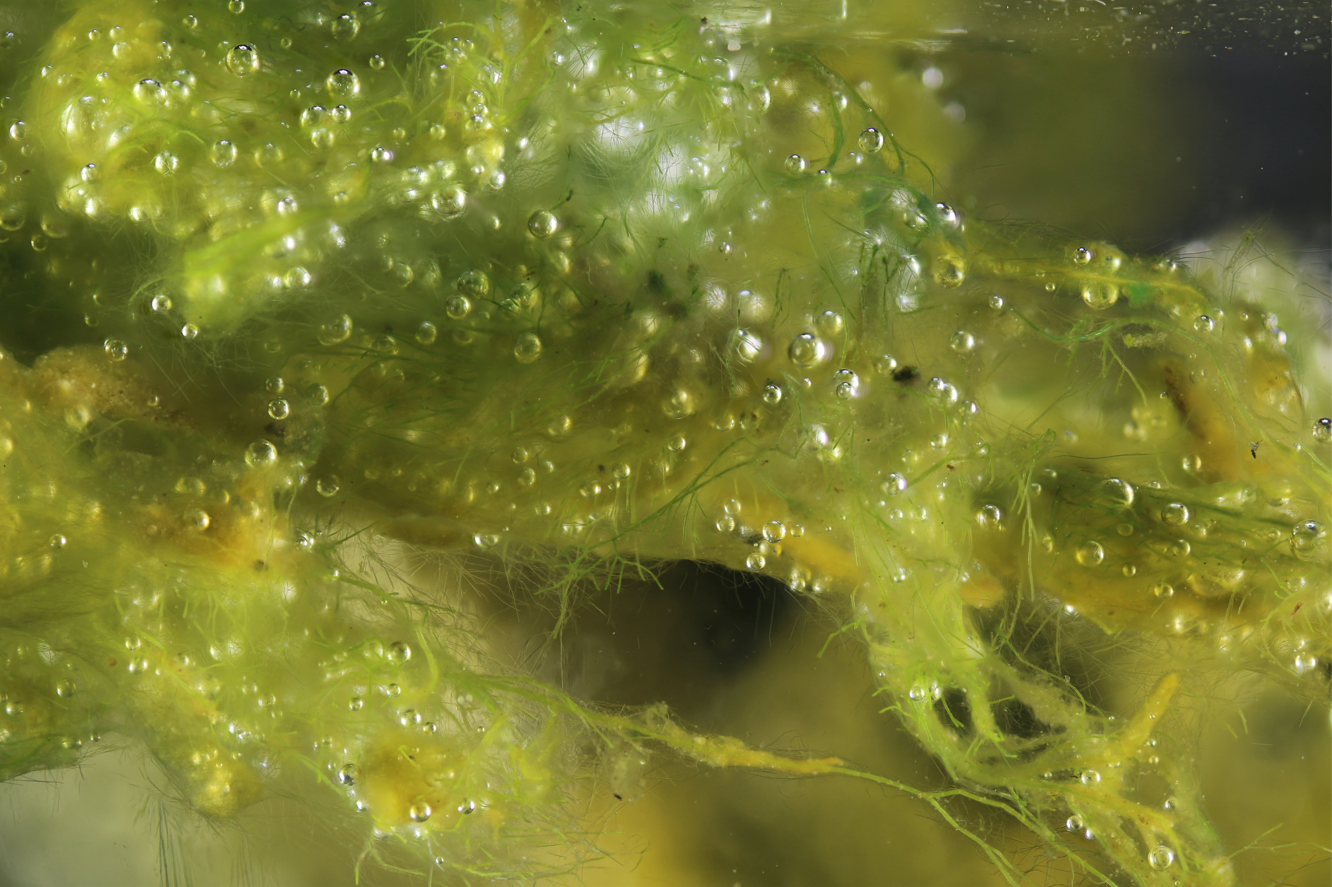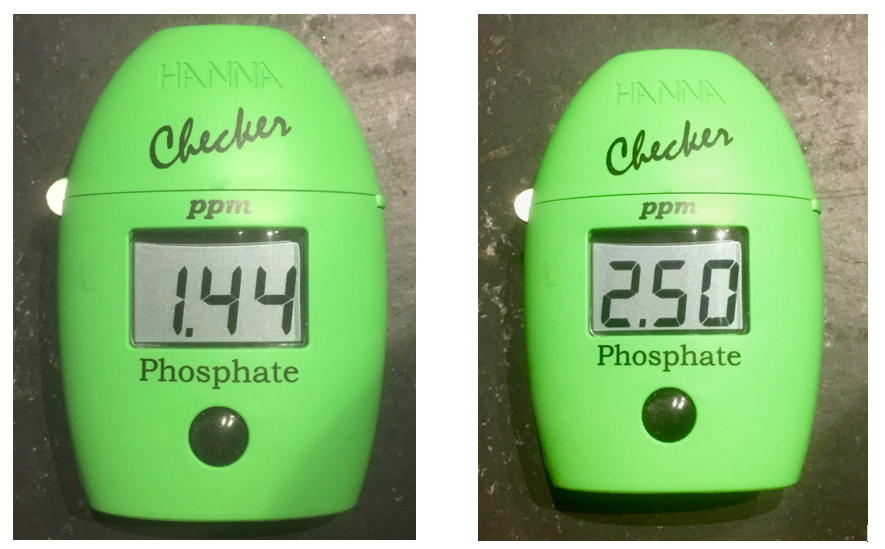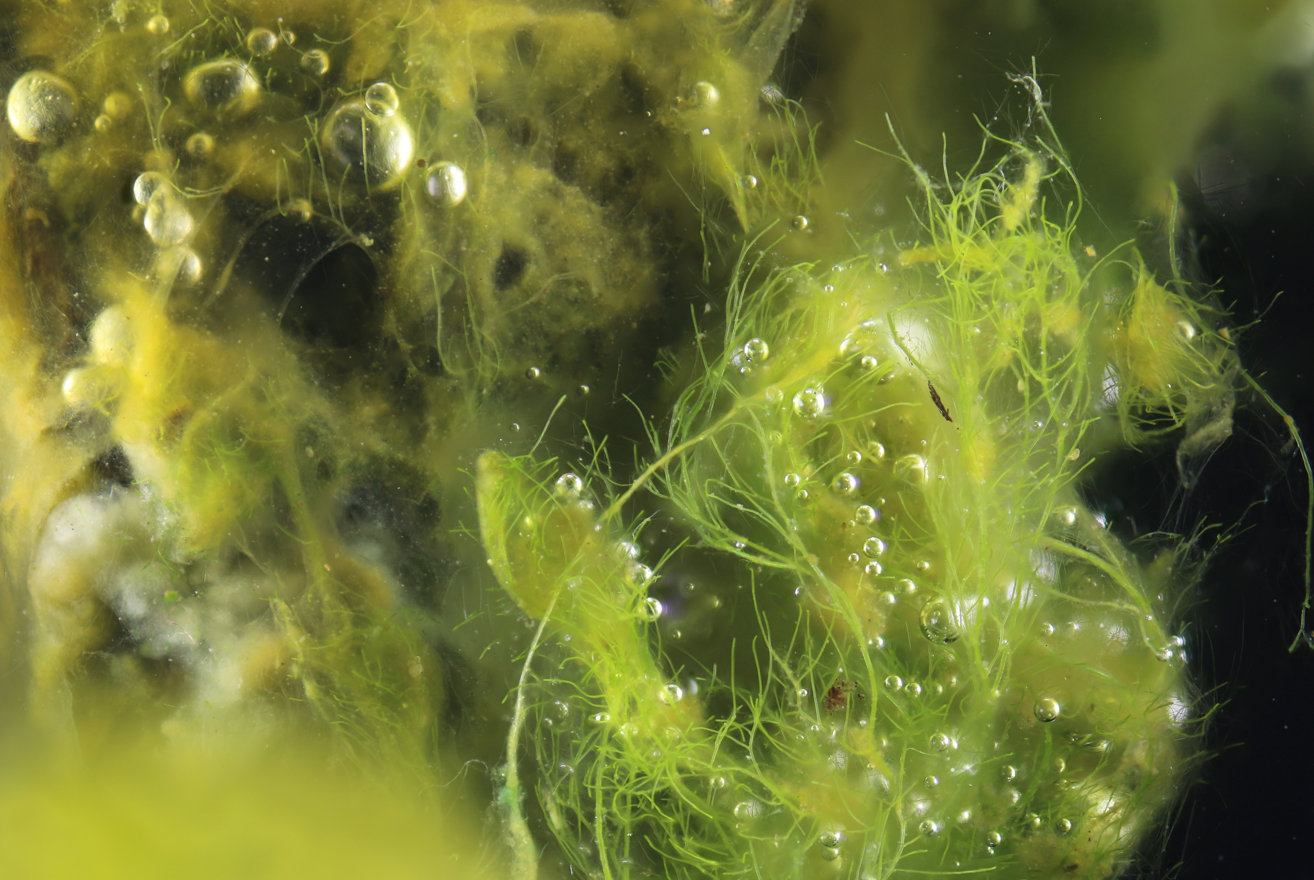Blanketweed top tips

Everything You Need to Know About Blanketweed
7 Top Tips for dealing with blanketweed in your pond this Spring
- Reduce the amount of sunlight that your pond receives using shade nets or structures above the pond.
- Avoid having a lot of trees around the pond as this would give problems in the autumn when the leaves fall into the ponds.
- Use quality food that pollutes less. Don't overfeed and spread portions during the course of the day. You can use battery-powered feeders to help with this.
- Use efficient filtration with a moving bed reactor
- Before you start with any blanketweed treatment ensure that you remove as much as possible by hand, stick or brush to minimise the treatment needed.
- Start with your blanketweed treatment early in the year.
- Favour organic natural blanketweed treatments over algicides and copper solutions.
What are blanketweeds?
It is impossible to create a pond or a crystal-clear koi pond without getting a form of algae or blanketweed.
Algae are very primitive plants without roots and the first group are the single-cell algae like micro algae that we cannot see with the naked eye, to macro algae that create the green soup in our pond.
The second group is where single cell joins end-to-end creating long filamentous green algae that we call blanketweed.
So how blanketweed grow?
It is widely accepted that blanketweed uses a complex spectrum of nutritional strategies combining photoautotrophy and heterotrophy. This ability is referred to as mixotrophy.
Most koi keepers would consider that blanketweed is a phototrophs and depend entirely on their photosynthetic apparatus for their nutrient uptake by using sunlight as the source of energy and carbon dioxide as the carbon source to produce carbohydrates (sugars) and adenosine triphosphate.
But other major sources of nutrients are nitrogen, phosphorus and iron when the light is limited and this process is called heterotrophy. The blanket weed cells have N- reducing enzymes so that the nitrate would be reduced to nitrite and then reduced to ammonium.
In recent studies, they have found that urea that our koi produce and nitrite or a combination, can be a nutrient source too. There are studies where they use blanketweed to reduce the pollutants in the water of wastewater treatment plants. In these studies, they were looking for Nitrogen/Phosphate ratio because this was influencing the growth rate. If the ratio was between 5-15 then they had a good growth rate of blanket weed.
Phosphate readings, the higher they are, the greater the chance of blanketweed blooms.
Why more blanketweed in Spring?
Blanketweed are more susceptible to bloom in the spring and summer when the water is heated up by the sunny weather.
Through feeding our koi, we add nutrients to the water that can accelerate the blanketweed growth.
Generally, it is a competition for the nutrients that can be taken up by plants or converted by bacteria. Most of the time they are slow starters in the spring that would increase the nutrients and the opportunist like blanketweed, or algae would outcompete them.
What is the effect of blanketweed on your pond and koi?
The carbon dioxide uptake can lead to very high PH and oxygen fluctuations. Oxygen levels in the pond can be very high in the day when the sun is at its brightest and in the evening, this would be reduced when the chloroplast needs this combined with the sugars.
This would lead to low levels of oxygen early in the morning and your koi can suffocate via a lack of oxygen.
Therefore, as a rule of thumb always measure the oxygen levels in the morning if you can.
Blanketweed is well known for blocking pumps and filters that lead to poorer water quality. The nutrients would not be delivered to the bacteria in the biofilm which is our engine room for healthy pond water.
In general, almost every filter has a bypass to overcome overflowing because filters would be blocked by a blanketweed bloom. If you have plants in your pond, then the blanketweed would suffocate them and out-compete them with the nutrient uptake.
The thick structure can cause pumps and filters to clog, so managing its growth is vital
Blanketweed treatments
There any many different types of blanketweed treatments in the market but the general rule is to start early in the year with your treatments.
Before you start with a treatment ensure that you remove as much as possible by hand, stick or brush to minimise the treatment needed.
When the treatment is active the blanket weed dies and releases the nitrogen that it holds and increase the load on the bacteria in your filter, so bacteria need to multiply quickly to overcome this load and this will reduce the amount of oxygen in the water.
Blanketweed - Organic Treatments
The first group of treatments would be based on reducing the amount of sunlight that penetrates the water so that the blanketweed would not get their energy source.
These types of treatments are most of the time organic dyes, some of them act by stabilizing the PH by improving the KH values in the water so that water plants and lilies can take up the nutrients again thus reducing food source for the blanketweed.
Treatment like Evolution Aqua is based on an organic natural solution that is safe for plants and animals and makes the water white and cloudy for 5 days. It improves and stabilises the Ph so that we get fewer Ph swings.
Another well know organic treatment is Barley straw that releases chemicals after a few weeks that could control the blanketweed growth but even today we do not fully understand how it works.
Blanketweed - Algicide Treatments
The second group are the algicides that would reduce the blanketweed quickly but will result in many dead algae that would rot away. You must remove this quickly when it arrives in your filter.
Do not use this type of algicides when you have frogs and newts in your pond.
Off-course you must know the volume of your pond so that you can give the correct dose that is required. Some of these algicides are based on a weekly treatment dosage so that they remove the blanketweed and stabilise your pondwater by using organic materials that are included in the treatment.
Most of the time this type of treatment can make your water cloudy for a day.
Blanketweed - Electronic Devices
The third group of treatments can be done by electronic devices that are based on ultrasonic sound waves or release copper into the water or a magnet that destabilizes various molecules that disrupt the blanketweed cell function.
This group of devices works in certain conditions, and you should seek independent advice first. We would not recommend the copper release treatment.
Evolution Aqua's Treatment Stop Blanketweed
How to prevent blanketweed?
Reduce Sunlight
The first thing would be to reduce the amount of sunlight that your pond receives. You can do this with shade nets and some koi keepers have created fantastic structures above the pond that allows them to reduce the amount of sunlight. Try to avoid a lot of trees around the pond as this would give problems in the autumn when the leaves fall into the pond.
Efficient Filtration
Use efficient filtration with a moving bed reactor that in time can generate the Anomax process that converts ammonia direct to nitrogen gas so that we can keep the nitrate levels low because the ammonia doesn’t have to be converted to nitrite and then to nitrate, this would reduce the number of nutrients for the blanketweed.
The bacteria for the Anomax process will grow inside the biofilm of K1 and K1 micro media carriers after a period of 6 months. It will take at least 6 months because the other bacteria needed to produce enough waste (enzymes) that become a food source for them and unfortunately mother nature takes her time.
Food
The feeding pattern for your koi can make a difference too.
For example, if you give 90 grams a day but now spread this in 3 smaller portions of 30 grams through the day your koi would produce less waste. Your koi would benefit from this because they would have better uptake of the nutrients and would grow bigger than when you feed once a day.
Nowadays this can easily be achieved by battery-powered feeders; and, of course, using high-quality koi food would also help to pollute the water less.
You could also consider a vegetable filter or plants to reduce the number of nutrients. Personally, I like the floating plant baskets that could be an enhancement for your formal pond. Lastly, do a regular water change of 10% a week to reduce the number of nutrients in the pond.
What happens if treatments don’t work and you get blanketweed again?
Sometimes the first treatment works only to reoccur after a few months. If this is the case, then you need to investigate why that is happening.
One reason for example could be dead leaves that have been rotting away at the bottom of your pond and have become the main source of nitrate which blanketweed would flourish on. If this is the case, I would use a high concentration bacterium in a gel form to reduce the nutrients. It would be wise to test the main water on phosphate levels and you might be surprised what you may find. For example, I have tested my mains water and was getting straight away out of the tap a max value of 2.5 mg/l with a flashing test value that means the true value would be much higher.
I would dilute your tap water by 75% and use either RO or bottled spring water and test again, and then multiply by 4; you get the correct phosphate level,
For example, in my case, this was 1.44 x 4 = 5.76 mg/l. So, if your nitrate level is 30 mg/l then you have achieved an N/P ratio that is above 5, and blanketweed has achieved the right environment to flourish again.
Everybody that keeps koi has encountered blanketweed or green soup that can easily be treated by UV’s. To get healthy biological water you will get types of algae in the water and the holy grail is to get a short velvet of algae on your pond walls because that is a sign that you have good healthy water that your koi can thrive in. Finding the right balance so that you can control the nutrients that in time would be controlled by the bacteria in the biofilm in your filter is key.
Author: Jasper Kuijper (Technical Director at Evolution Aqua Ltd)


